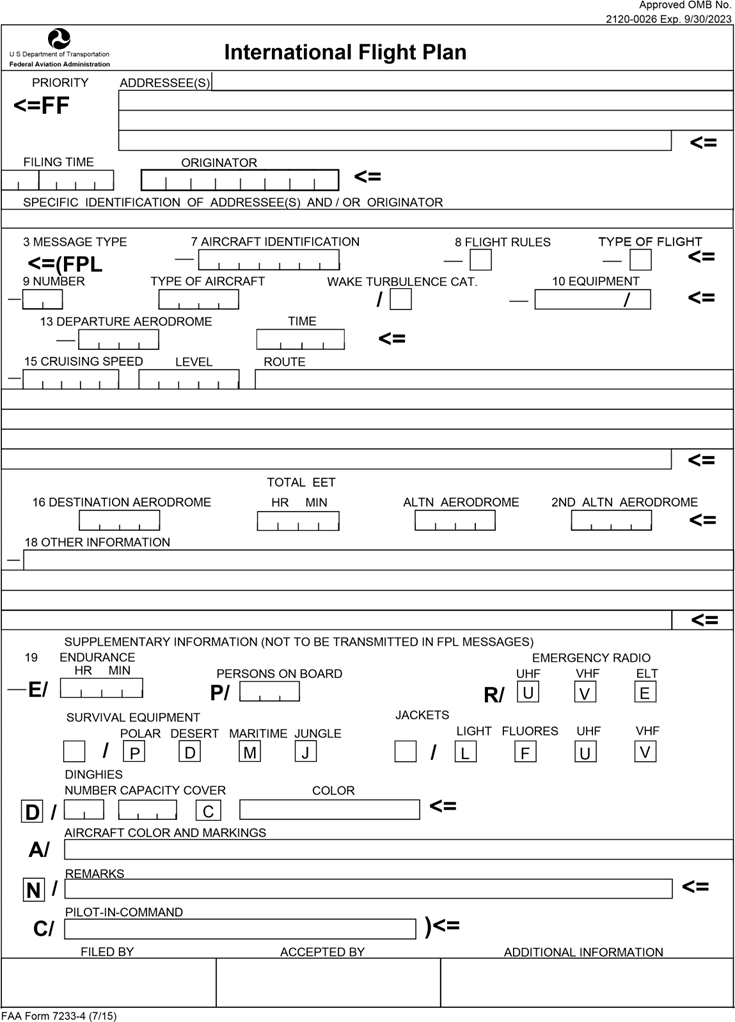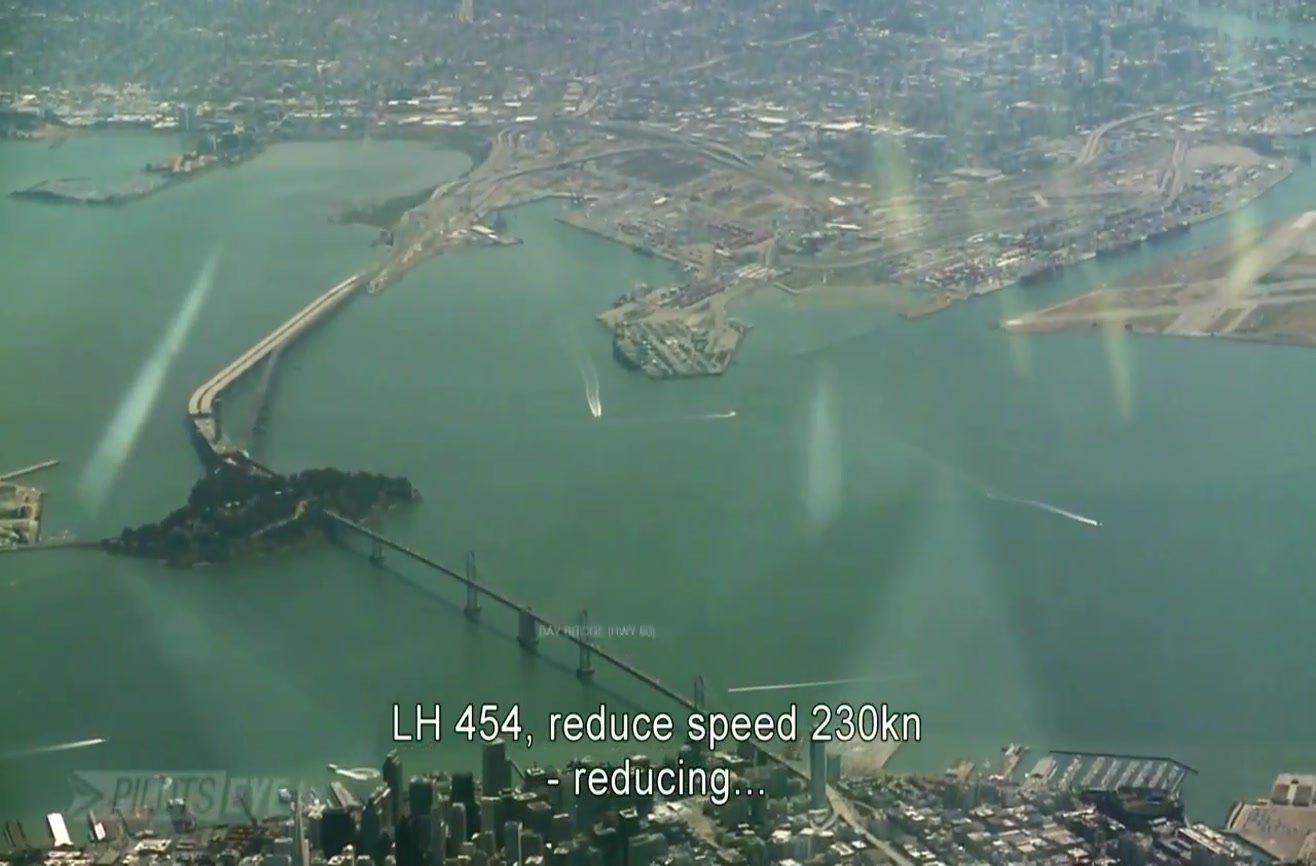hi yesterday i flew back on emirates ek17 a380 dubai to manchester and had some questions but the air stewerd had no time to explain so i would be gratefull if someone can answer.
1. How does the plane know which direction to go
2. When a plane is about to decent or land who controls the plane , pilots or automatic computer
2a. How does a pilot know where he is when flying in the dark or through clouds
2b. when aircraft encounters turbulence , to avoid do pilots go higher or decend.
2c. When aircraft flies over different countries do they need permission with the air traffic control
2.d. In my example of the a380 hedaing to dubai are the pilots always in radio contact with Dubai air traffic control?
3. Does the EK17 A380 fly over my city Nottingham
Iam sorry for asking these questions but it was my first ever flight
Many thanks
Steve saros
1. How does the plane know which direction to go
2. When a plane is about to decent or land who controls the plane , pilots or automatic computer
2a. How does a pilot know where he is when flying in the dark or through clouds
2b. when aircraft encounters turbulence , to avoid do pilots go higher or decend.
2c. When aircraft flies over different countries do they need permission with the air traffic control
2.d. In my example of the a380 hedaing to dubai are the pilots always in radio contact with Dubai air traffic control?
3. Does the EK17 A380 fly over my city Nottingham
Iam sorry for asking these questions but it was my first ever flight
Many thanks
Steve saros






Comment